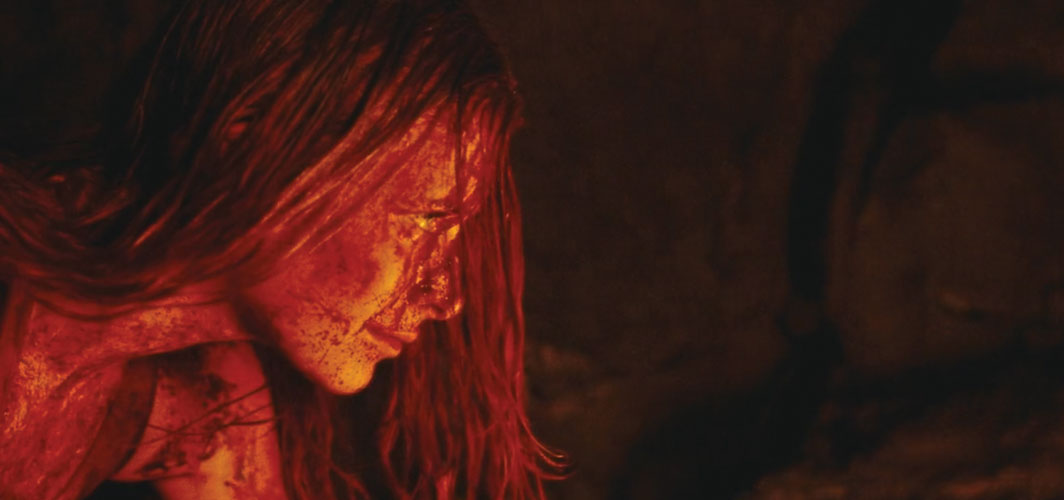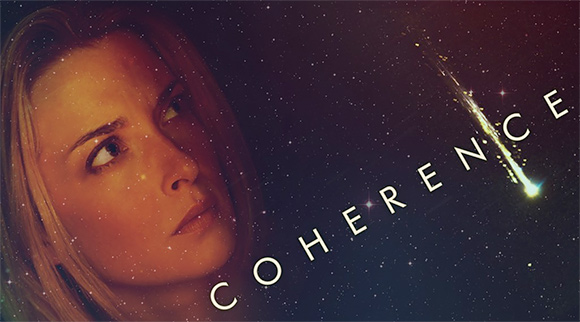The Descent (2006): A Claustrophobic Masterpiece

There are many horror classics that are frequently talked about: The Thing (1982), Alien (1979), Halloween (1978), Texas Chainsaw Massacre (1974), and a massive list of others. However, 2006’s (2005 in the UK) The Descent is not often remembered by most people and that’s a shame. The Descent (2006) is a British horror film written and directed by Neil Marshall, who had also directed two episodes of Game of Thrones (2011-2019), which are some of the most remembered of the series, along with episodes of Hannibal (2013-2015) and Westworld (2016-present). Unfortunately, his talent must have been used up in The Descent (2006) and those two shows because the rest of his filmography is really bad with most works being average or kinda bad or 2019’s Hellboy. Unlike those films, The Descent (2006) was critically acclaimed and highly regarded as a great film in the horror genre.
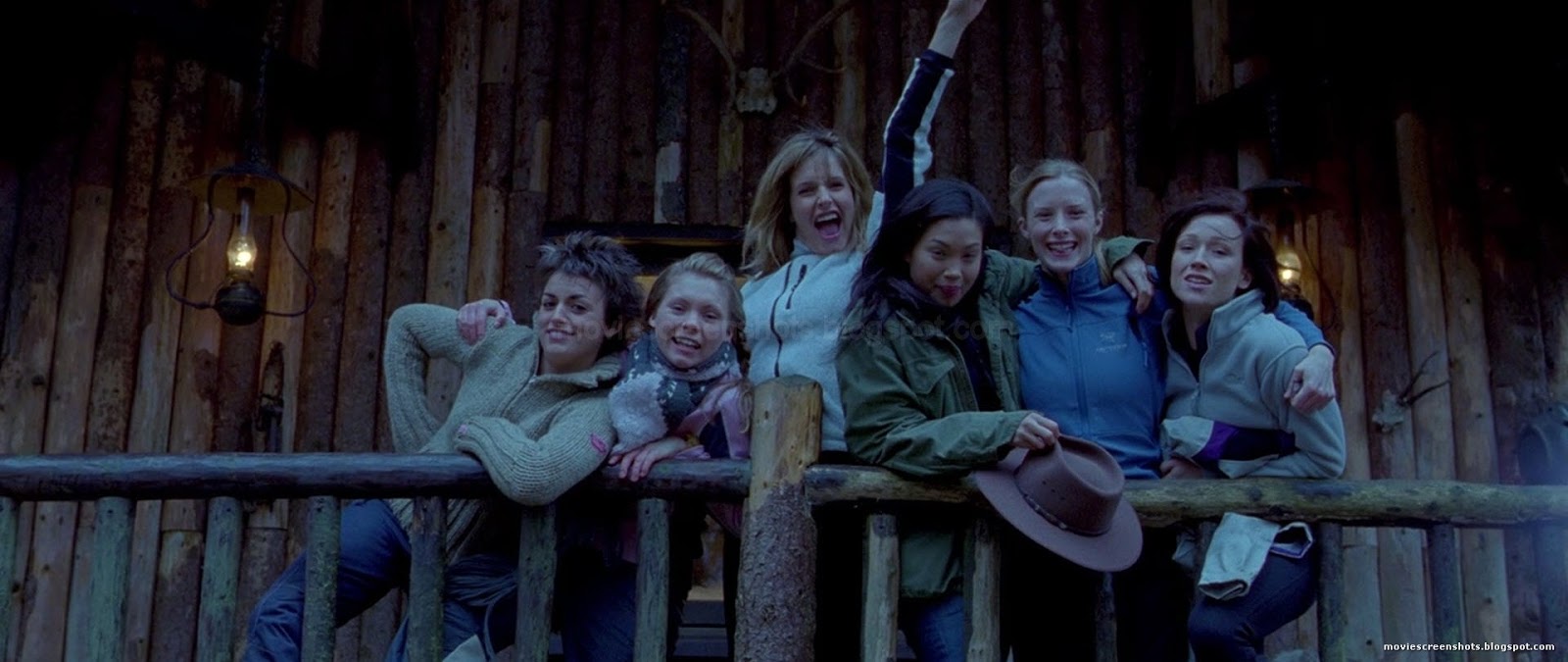
The film opens with three of the main characters finishing up some thrill seeking rafting. One of the women, Sarah, while in a car with her husband and daughter, gets in a car crash killing the just-mentioned husband and daughter. One year after that tragedy, Sarah and her friend Beth meet up with their friend Juno, along with other friends Sam and Rebecca and Holly the newcomer to the group, go on a spelunking trip in the Appalachian Mountains. They reach the cave, which is supposed to be a (relatively) safe cave that Holly says is just a tourist trap, and a little ways into the cave, the tunnel they were crawling through collapses behind them. Then they discover that Juno (who organized the trip) lied about the cave they were going into, instead going into an uncharted cave. Trapped in the cave, the group continues onward, hoping to find another exit. Unfortunately, they are not alone in the cave as there are monsters hiding in the dark.
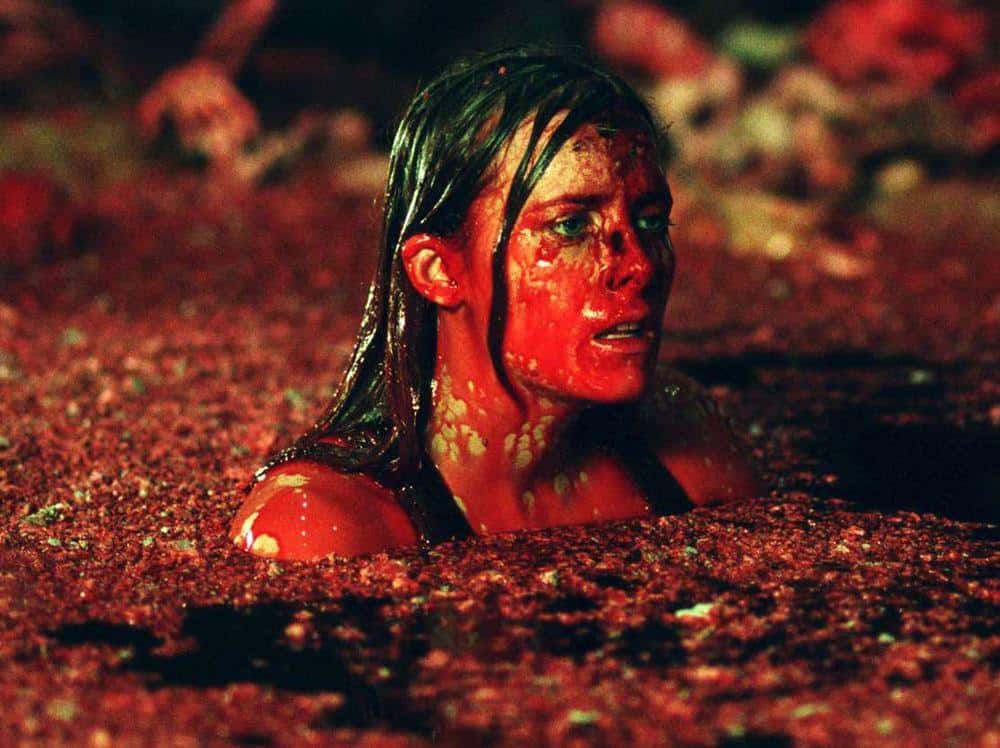
The Descent (2006) is dark, and not just in its storyline. The caves are as well lit as a real cave, meaning that the only lights are made from the characters themselves. The cave is an uncomfortable setting, from its passageways which are small and so tight that it makes me feel claustrophobic, to literal chasms that require some to climb the ceiling just to set up a method for everyone to cross. If that wasn’t enough, dirty water is in many parts of the cave and the setting gives the feel of a muddy dark cave. In reality, the cave was just a set made in London, but the set designers did an incredible job making it look real. This is just one highlight of the production value, as in the aforementioned lighting which the filmmakers actively limited the lighting to what the characters had on them, a move that most filmmakers wouldn’t do.
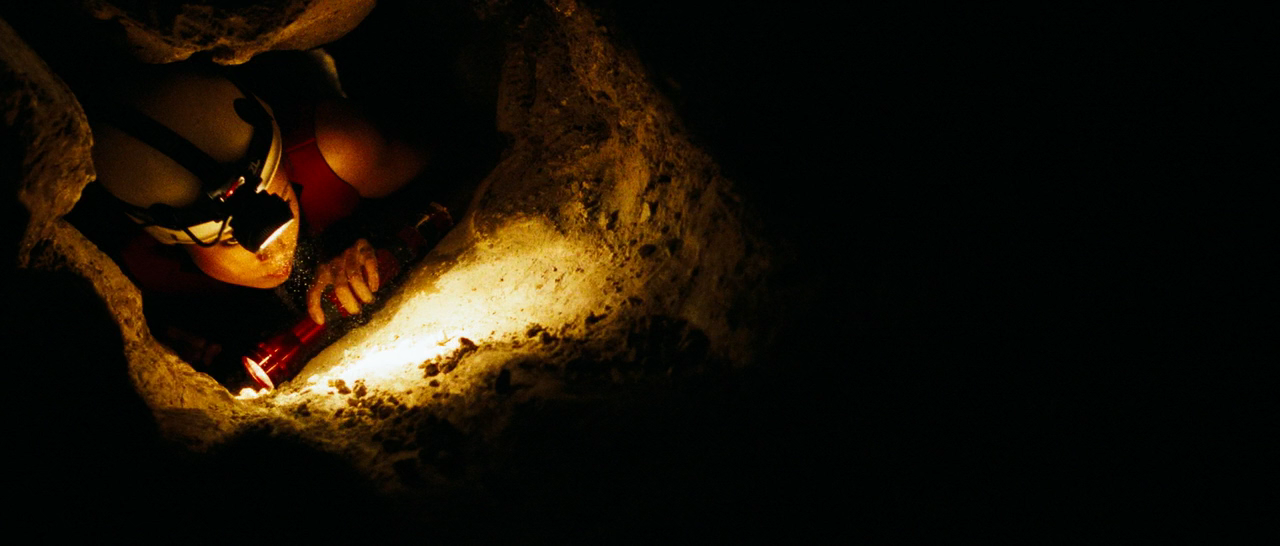
The cast, aside from the husband at the start, is an all female cast and a strong one at that. Shauna Macdonald, who plays the lead Sarah, especially pulls her role off: starting the film as an emotionally broken woman, and things only go down from there. The other main character, Juno, played by Natalie Mendoza, comes across as a three dimensional character whereas most other films would have made her the token unnecessary villain of the film. As a whole, the cast collectly feels very human, making their panicked mistakes more understandable and compelling, instead of having us think that they are idiots.
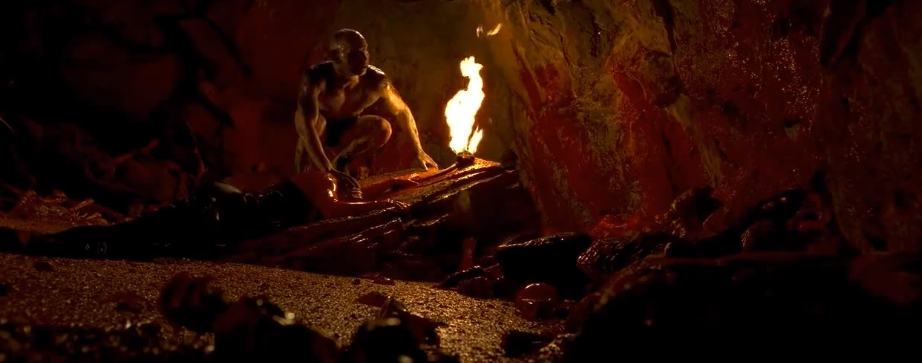
And then we have the monsters lurking in the dark, the crawlers as they are referred to by the production team. Despite being a major part of the marketing of the film, we only see them fully at the 56 minute mark (I checked), following the Jaws (1975) and Alien (1979) school of showing the film’s monster. Before then, the film shows two little sightings where they are somewhat shown. Or more accurately, the two times the film puts the hidden monsters in focus before the proper reveal, as the crawlers are actually hiding in the dark background of many scenes always being difficult to find, especially if you either aren’t looking for them or are just engaged in the events happening. The crawlers are solid as monsters and are definitely the biggest threat in the cave, but the film doesn’t rely on them to make the film scary and oppressive. Instead the cave itself is actually more of an antagonist than the crawlers, providing a nigh-insurmountable obstacle that only gives the characters teases of hope, while having its environment prove to be just as much a threat as the crawlers.
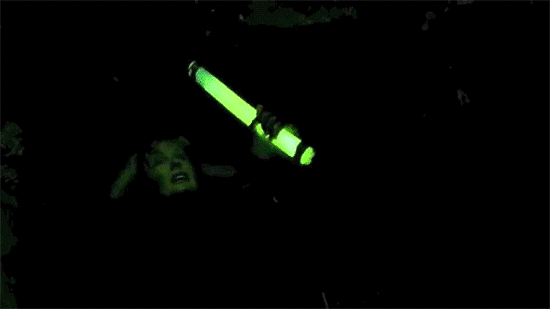
The Descent (2006) is a great film. The story is solid with a strong emotional core, the setting is one of horror’s best, and the film is scary throughout the whole thing. The ending is also strong as well…. both of them that is. The U.S. release is another example of test audiences forcing an ending to be changed, though this case is not as bad as some other cases, such as in I Am Legend (2007) or Blade Runner (1982). The U.S. ending basically cuts out the final minute of the film and I still prefer the original ending, which was showed in the U.K. Both endings are available on DVD (the original is the ‘unrated’ cut), but no matter the ending, there isn’t any light at the end of the tunnel.
